The Edinburgh Festival Fringe, the world's largest arts festival, transforms Scotland's capital into a vibrant stage every August. While ticketed shows dominate the headlines, the true heartbeat of the Fringe pulses through its free street performances. These spontaneous spectacles turn the Royal Mile, Princes Street Gardens, and hidden closes into impromptu theaters where artistry meets accessibility.
Morning magic on the Royal Mile begins around 10am when the first buskers stake their claims to prime performance spots. The cobbled thoroughfare comes alive with fire-eaters warming up their torches, living statues applying their final coat of silver paint, and acoustic musicians tuning their instruments. By 11am, the first proper shows commence - often comedy acts testing material before paid gigs or circus troupes performing abridged versions of their main shows. The morning crowds tend to be festival veterans who know this is the best time to catch performers at their freshest.
As noon approaches, the energy shifts noticeably. The lunchtime rush brings office workers on their breaks and tourists emerging from Edinburgh Castle. This is when you'll see the most daring physical theater - human towers forming outside St. Giles' Cathedral, breakdancers flipping near the Writers' Museum, or aerialists suspended from temporary rigs near the City Chambers. The performers compete not just for attention but for the prime spots where the natural amphitheater of the street creates the best sightlines.
The afternoon hours between 2pm and 5pm offer the most diverse programming. This is when international acts particularly shine - Brazilian capoeira circles form near the Scotch Whisky Experience, Japanese taiko drummers pound rhythms by the John Knox House, and Flamenco dancers click their heels outside the Museum of Edinburgh. The free performances during these hours often serve as previews for evening ticketed shows, giving audiences a taste of what they might see in proper venues later.
Dusk brings a special kind of madness to the streets. As daylight fades around 8pm in the Scottish summer, fire performers claim the night. The stretch between the Tron Kirk and the Fringe Office becomes a corridor of flame - jugglers with burning clubs, poi spinners leaving trails of light, and the occasional full-fire carnival act. The illuminated performances create a dreamlike atmosphere against Edinburgh's medieval backdrop, drawing some of the largest crowds of the day.
What many visitors don't realize is that the free performances continue well past midnight. In the quieter closes off the main drag, you might stumble upon experimental theater pieces or intimate acoustic sets. The Bristo Square area near the University of Edinburgh often hosts late-night comedy circles where up-and-coming stand-ups try out their most daring material. These nocturnal performances have a raw, unfiltered quality that daytime shows sometimes lack.
The beauty of the street performance schedule lies in its beautiful chaos. While major venues publish exact timetables, the free shows operate on a more organic rhythm. Acts build when crowds gather, pause when interest wanes, and adapt to the ever-changing urban stage. Performers read their audiences like jazz musicians - extending a bit when the energy's right or cutting a show short if the vibe isn't there. This creates a living performance ecosystem where no two days are ever quite the same.
Weather plays a fascinating role in shaping the spontaneous schedule. A sudden rain shower might scatter audiences and performers alike, only for everything to reconvene with doubled energy when the sun returns. Particularly hot days see more water-based acts and shaded performances in the narrow closes, while windy conditions bring out kite performers and aerialists who use the breeze to enhance their acts. The most dedicated street performers develop an almost meteorological sixth sense for working with Edinburgh's famously changeable climate.
For those seeking structure amidst the beautiful anarchy, certain patterns hold true throughout the festival. The Royal Mile between the High Street and George IV Bridge tends to host the largest-scale performances from 11am to 7pm daily. Princes Street Gardens becomes a hub for family-friendly acts like puppetry and children's theater in the afternoons. The Mound Precinct often features political satire and spoken word performances during lunch hours. And the stretch from the National Museum to Chambers Street reliably offers some of the festival's most avant-garde experimental work in the evenings.
The final week of the festival sees a noticeable shift in the street performance dynamic. With many performers having now perfected their acts through weeks of practice, the quality reaches its peak even as the crowds begin to thin. This is when you might catch truly magical moments - a mime who's refined every gesture to perfection, a musician who's learned exactly how to work an Edinburgh audience, or a circus act performing their most dangerous stunts now that they've fully warmed up. The closing weekend in particular has a celebratory, anything-goes atmosphere where performers often collaborate across disciplines in once-in-a-lifetime improvisations.
What makes Edinburgh's free street performances truly special isn't just their quantity or variety, but how they transform public space into shared creative territory. The temporary stages dissolve barriers between performer and spectator, between art and everyday life. In these unscripted moments - whether watching a jazz band swing as the sun sets behind the castle or joining the communal gasp as a tightrope walker crosses between two historic buildings - the festival's democratic spirit shines brightest. The streets remind us that great art doesn't always need a ticket; sometimes it just needs an open space and willing participants in the beautiful chaos of creation.
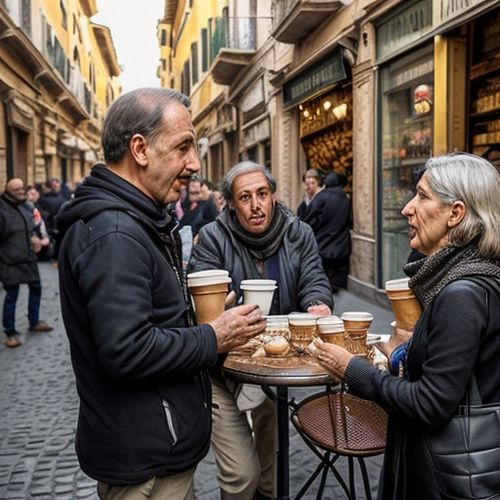
By Benjamin Evans/Apr 11, 2025
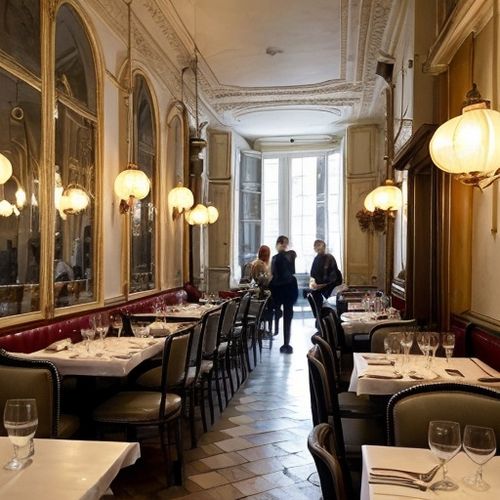
By Amanda Phillips/Apr 11, 2025
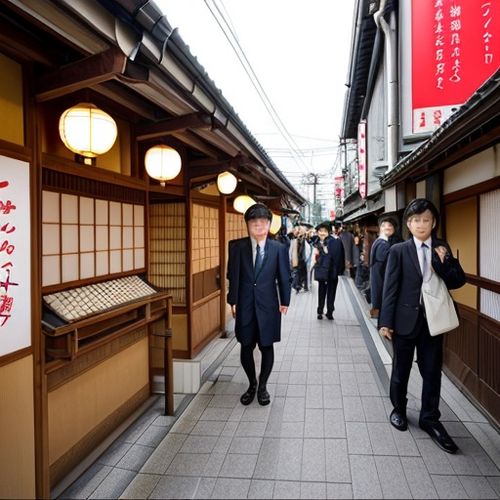
By Ryan Martin/Apr 11, 2025
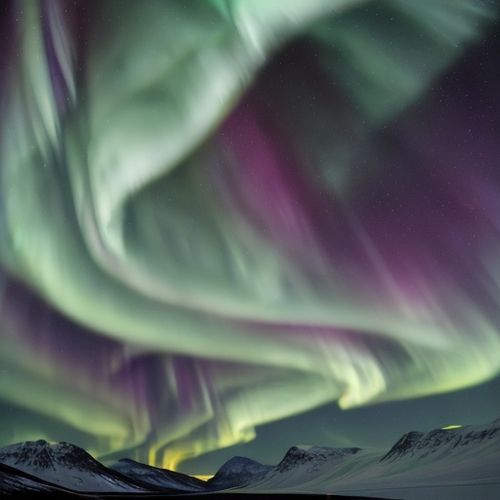
By Sophia Lewis/Apr 11, 2025

By Samuel Cooper/Apr 11, 2025
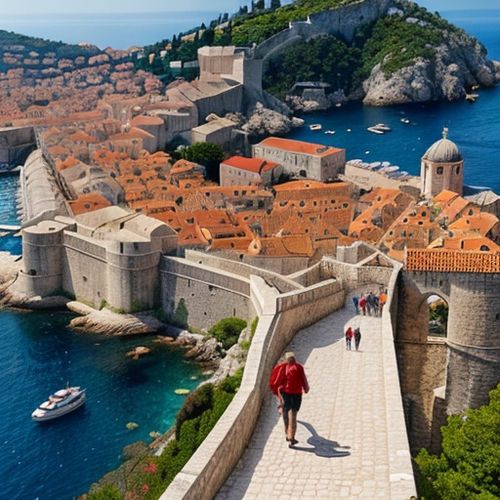
By Laura Wilson/Apr 11, 2025
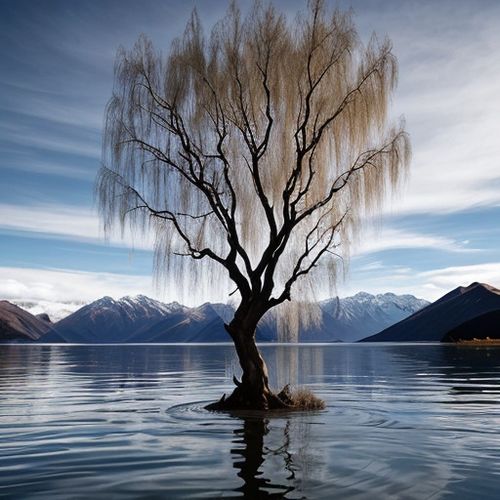
By Eric Ward/Apr 11, 2025
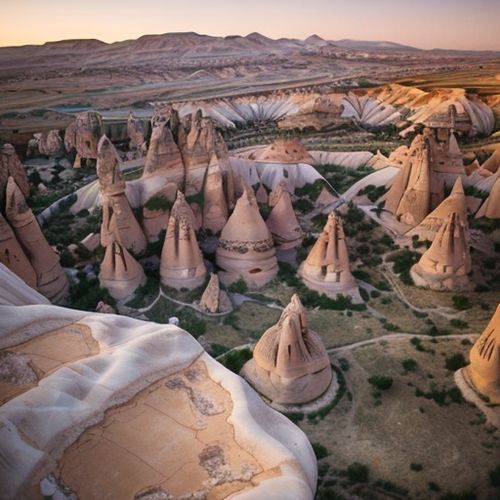
By Samuel Cooper/Apr 11, 2025
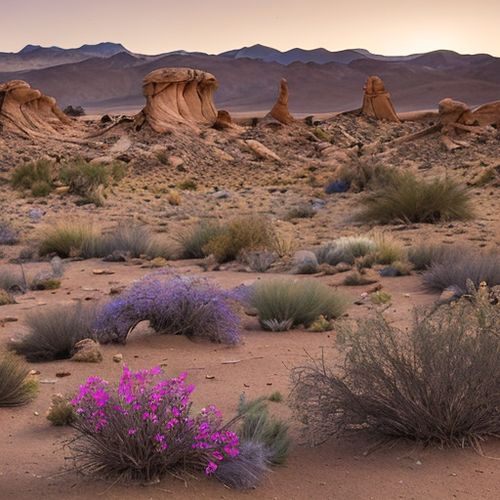
By Thomas Roberts/Apr 11, 2025
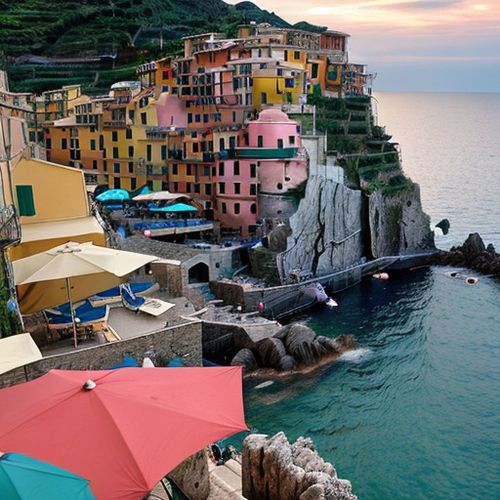
By William Miller/Apr 11, 2025
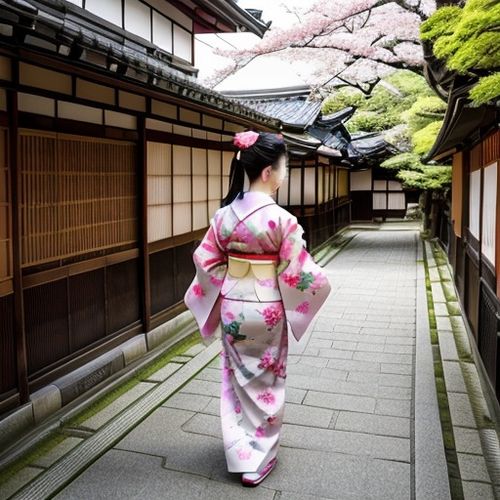
By Megan Clark/Apr 11, 2025
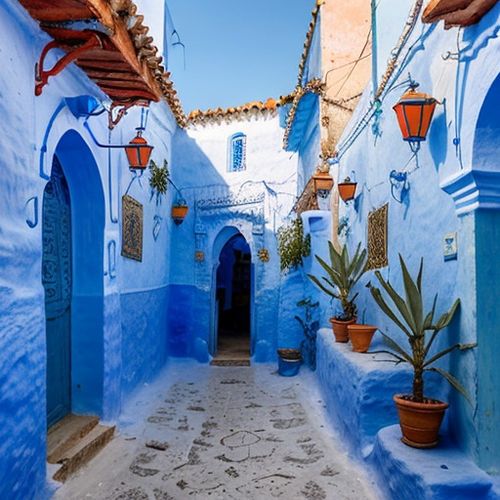
By Michael Brown/Apr 11, 2025
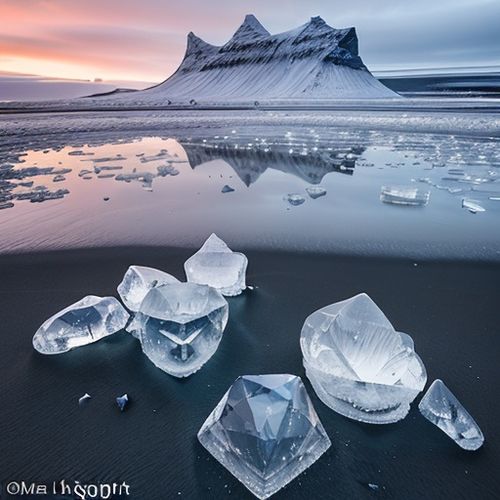
By Sarah Davis/Apr 11, 2025
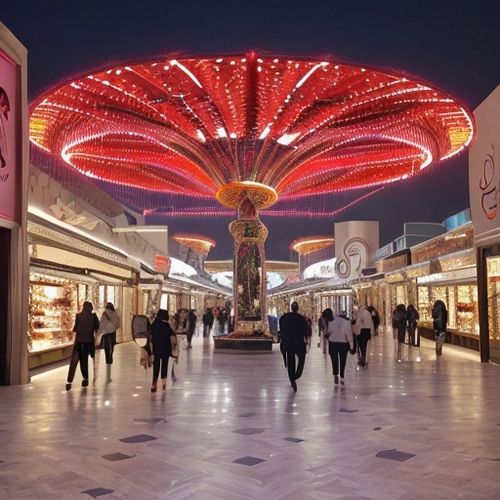
By Noah Bell/Apr 11, 2025

By Sophia Lewis/Apr 11, 2025
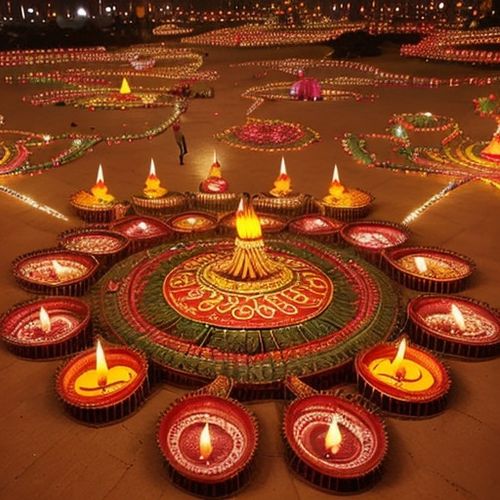
By Daniel Scott/Apr 11, 2025
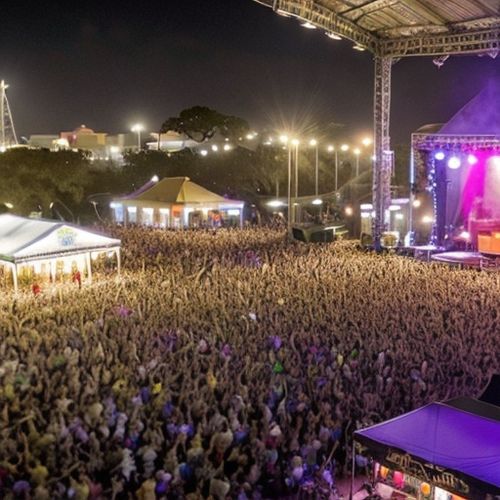
By Samuel Cooper/Apr 11, 2025
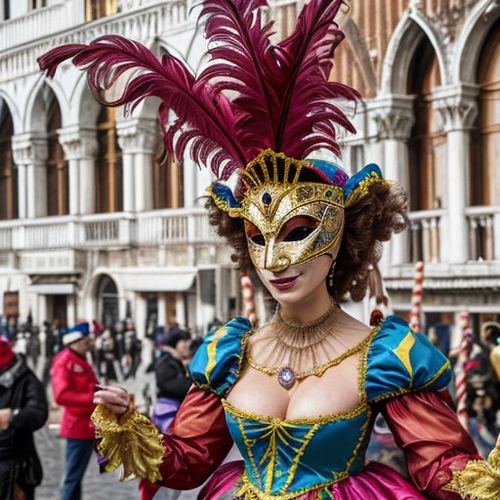
By Joshua Howard/Apr 11, 2025
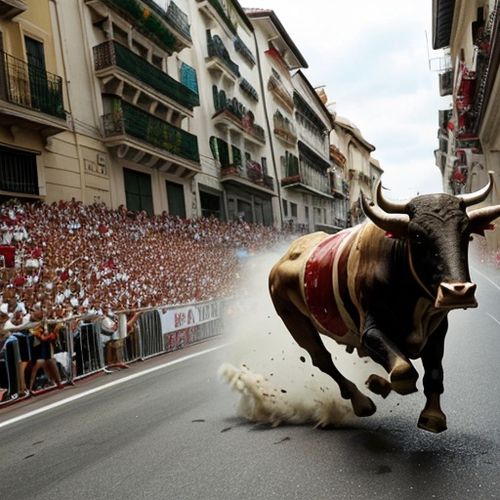
By Joshua Howard/Apr 11, 2025